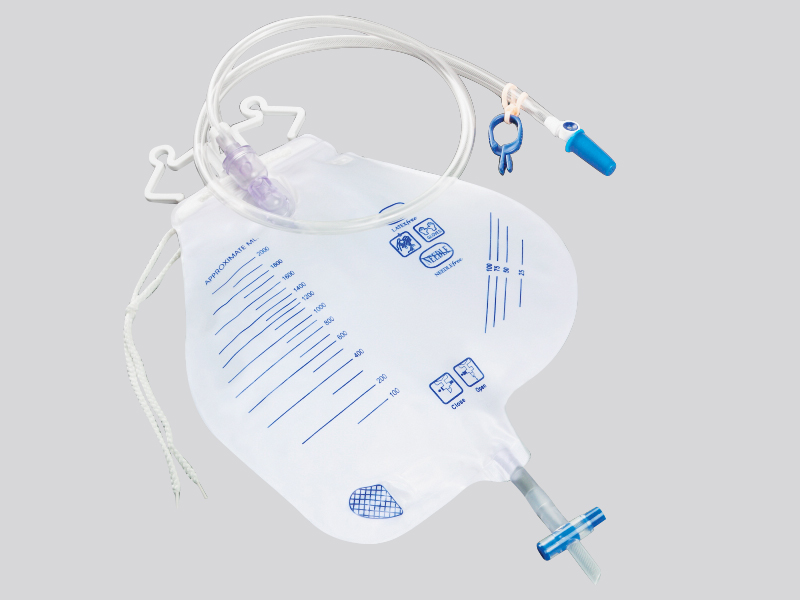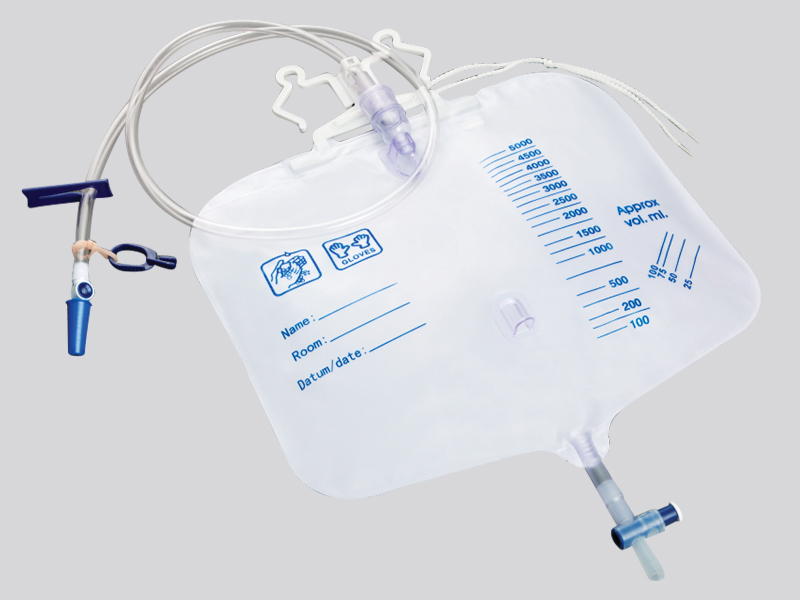The current position:Home > Information dynamic
> Industry Trends
What are the advantages of disposable negative pressure drainage devices
source:www.cnboyi.net | Release time:2025年07月28日1、 Convenient operation, reducing the burden of medical work
1. Ready to use, no need for complex assembly
The device is usually designed as an integrated unit (including drainage tube, negative pressure storage tank, negative pressure generator, and other components), which can be directly connected to the wound after unpacking, eliminating the steps of pipeline docking and pressure adjustment of traditional drainage devices (such as negative pressure suction device+drainage bottle), especially suitable for emergency diagnosis or rapid use during surgery.
2. No need for external power supply or equipment
Most products generate negative pressure through built-in negative pressure capsules (such as elastic silicon capsules) or manual pumps (some of which are pre filled negative pressure), without relying on central negative pressure systems or electric suction devices. They can still work stably in moving patients (such as during transportation), primary medical institutions, or power outage scenarios.
2、 Negative pressure is stable and controllable, and the drainage effect is more reliable
1. The negative pressure value is correct and continuous
The negative pressure value of the pre filled negative pressure device (usually between -80~-125mmHg, designed according to the type of wound) is set before leaving the factory to avoid the problem of excessive or insufficient negative pressure caused by improper manual adjustment; Some adjustable models are also designed with buckles, scales, and other features for visual operation, making it easier for medical staff to adjust according to the condition of the wound.
2. Active drainage to reduce residual fluid accumulation
Continuous and stable negative pressure can have an "active adsorption" effect on the wound through the drainage tube, promoting the rapid discharge of exudate, necrotic tissue, pus, etc. Compared with traditional passive drainage (relying on gravity), it is more efficient and can reduce the risk of wound infection (such as the probability of postoperative subcutaneous hematoma and abscess formation).
3、 Reduce the risk of infection and enhance medical safety
1. Disposable to avoid cross infection
The product is packaged aseptically and discarded directly after use to prevent cross transmission of pathogens caused by repeated use (especially suitable for infectious disease patients or wounds infected with drug-resistant bacteria).
2. Closed design reduces the chance of pollution
The connection between the drainage tube and the storage tank is sealed, and the collection process of the fluid does not come into contact with the outside air, which not only avoids the leakage of drainage fluid and pollution of the environment, but also prevents external bacteria from entering the wound in reverse, reducing the incidence of hospital acquired infections.
4、 Improvement of patient comfort and compliance
1. Small size, easy for patients to move around
Compared to the bulky equipment of traditional negative pressure suction devices, disposable devices are lightweight (usually only tens to hundreds of grams), small in size, and can be fixed on patients' clothing or beds without affecting their daily activities such as turning over or getting out of bed. They are especially suitable for outpatient dressing changes or home recovery periods.
2. Reduce dressing frequency and alleviate pain
Due to its high efficiency and continuous negative pressure drainage, it can reduce the accumulation of wound exudate, thereby extending the dressing change interval (such as reducing it from once a day to once every 2-3 days) and reducing the pain and discomfort caused by frequent dressing changes in patients.
5、 Easy to observe and manage, optimize nursing efficiency
1. Visualization of drainage fluid facilitates disease diagnosis
The liquid storage tank is mostly made of transparent material, which can directly observe the color, quantity, and characteristics of the drainage fluid (such as whether it contains bloody fluid or pus), helping medical staff to evaluate the wound healing situation in real time (such as a decrease in drainage fluid indicating wound improvement), and adjust the treatment plan in a timely manner.
2. Clear scale for accurate recording
The storage tank is marked with a volume scale (such as 0-500ml), which can quickly read the amount of drainage fluid, simplify the nursing record process, and reduce human measurement errors.
6、 Widely applicable scenarios and strong adaptability
1. It can be used for a variety of wound types: such as incision drainage after surgery, acute trauma (open fracture, soft tissue contusion), chronic refractory wound (diabetes foot, pressure sore), burn wound, etc.
2. Compatible with different parts: Head and neck, trunk, limbs and other parts can be used. Some products are equipped with drainage tubes of different lengths and diameters, suitable for wounds of varying depths.
Prev:
Where is the hygiene and safety of disposable fee…
Next:
What are the advantages of disposable anti backfl…

 Cn
Cn En
En WeChat ID:
WeChat ID:







 Contact us
Contact us
 Add WeChat
Add WeChat
 Telephone
Telephone